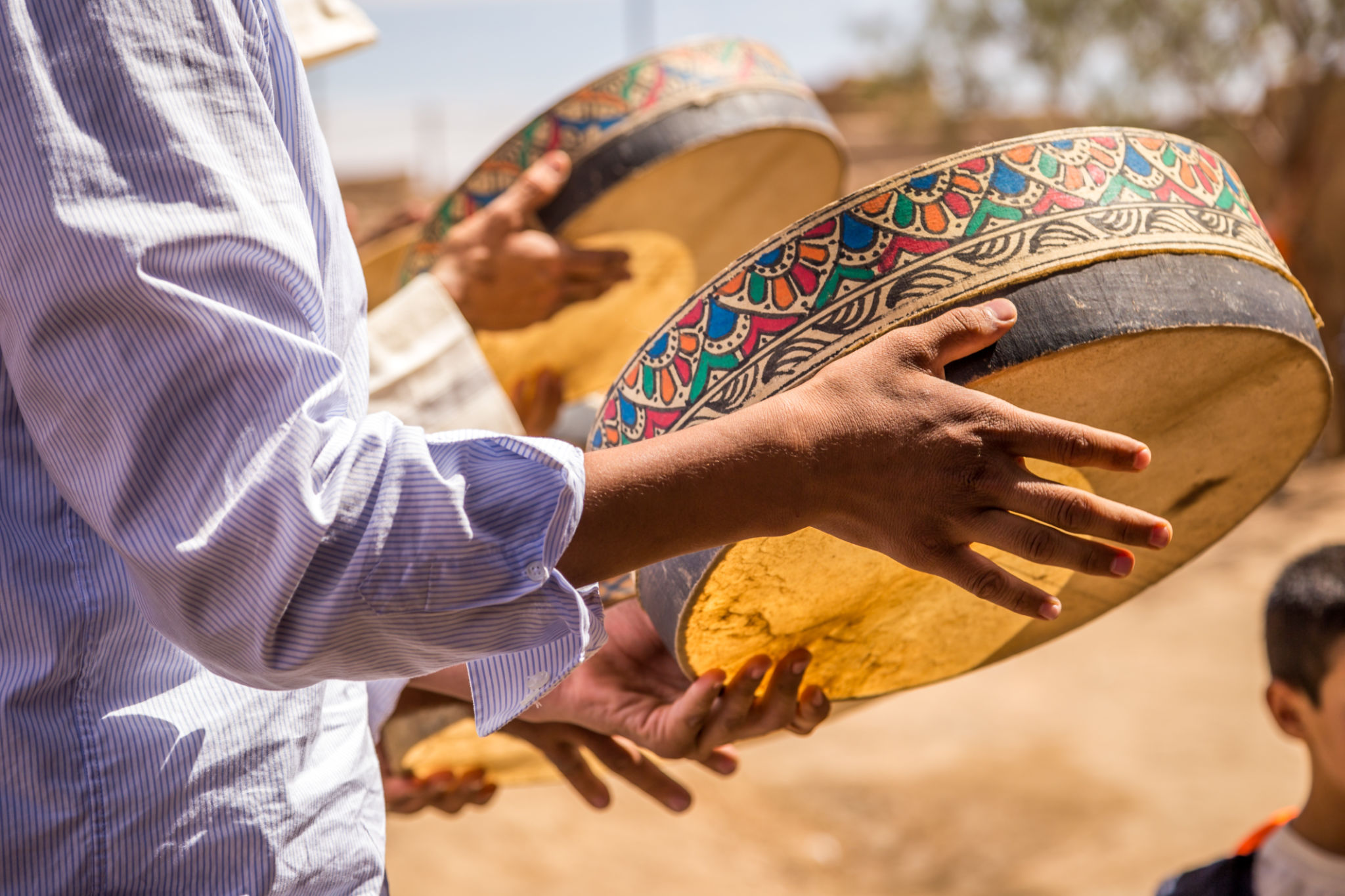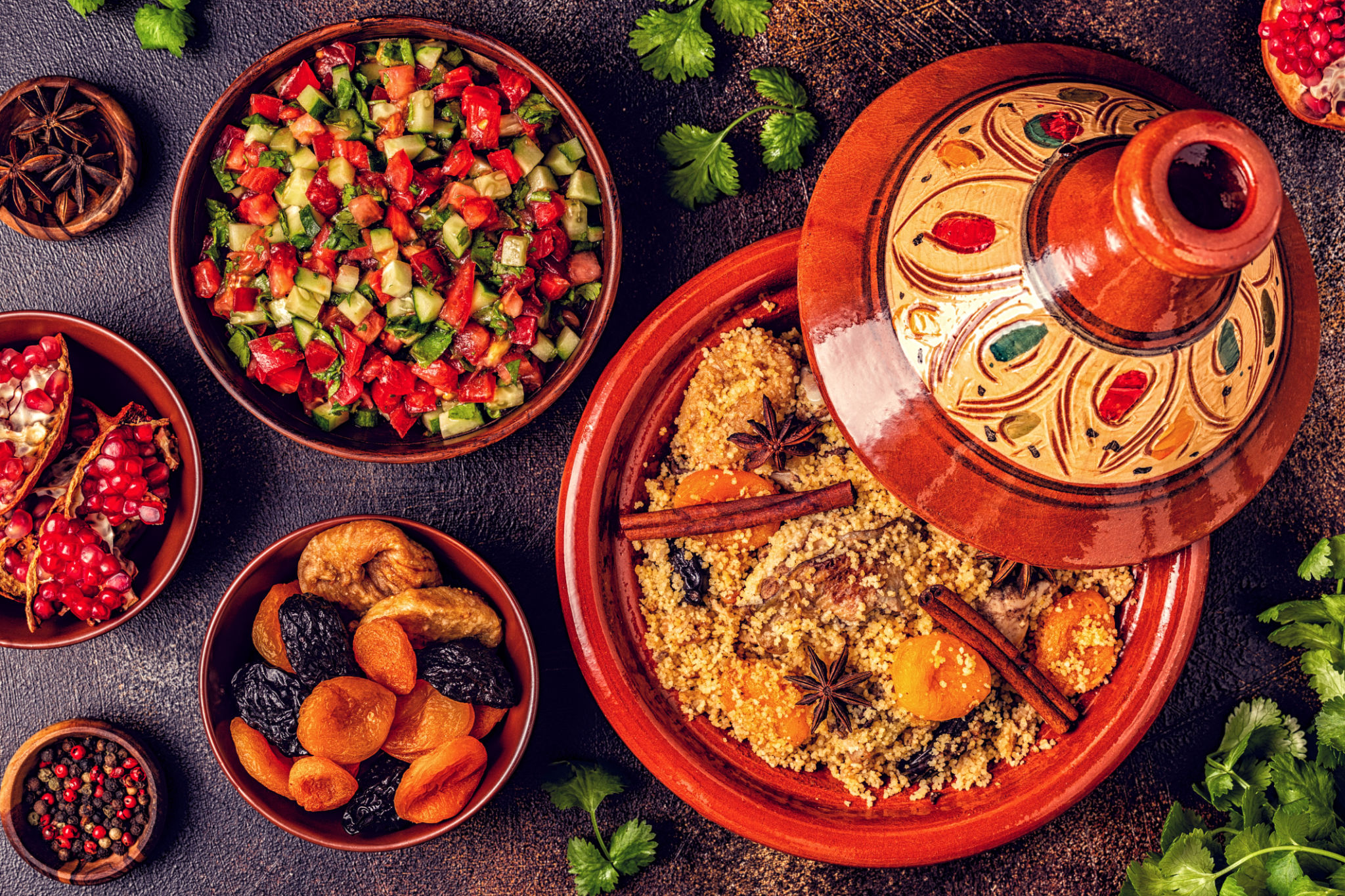Exploring the Cultural Richness of the Sahara: A Journey Through Berber Heritage
The Sahara Desert, often synonymous with endless sand dunes and scorching heat, is not just a vast expanse of arid land. It is also a treasure trove of cultural richness, particularly that of the Berber people who have inhabited this region for centuries. Exploring the Sahara offers a unique opportunity to delve into the vibrant tapestry of Berber heritage, which is an integral part of North Africa’s cultural landscape.
Berbers, or Amazigh as they prefer to be called, are the indigenous people of North Africa. Their history and traditions are deeply interwoven with the desert environment. Despite the harsh living conditions, the Berber people have developed a distinct culture that is both resilient and diverse. They are renowned for their unique language, Tamazight, which is a vital thread in the cultural fabric of the Sahara.

The Art and Craftsmanship of the Berbers
One of the most fascinating aspects of Berber culture is their art and craftsmanship. Berber artisans are skilled in creating intricate jewelry, textiles, and pottery, each piece telling a story of heritage and tradition. Their carpets, for instance, are not just functional items but works of art, with patterns that often carry symbolic meanings passed down through generations.
The vivid colors and geometric designs of Berber crafts are not merely aesthetic. They serve as a cultural narrative, showcasing the symbolism and tales of the Berber way of life. These artifacts are more than souvenirs; they are pieces of history that reflect the ingenuity and artistic flair of the Berber people.

Berber Music and Dance: A Rhythmic Expression
Music and dance are integral to Berber culture, serving as a vibrant expression of their identity. Traditional Berber music often features rhythmic drumming, stringed instruments, and unique vocal techniques that have been preserved over centuries. It's not uncommon to witness lively performances during festivals and communal gatherings.
Dance, too, plays a significant role in Berber celebrations. The rhythmic movements and traditional attire create a captivating spectacle that showcases the vitality and communal spirit of the Berber people. These performances are not only entertaining but also preserve important cultural narratives and social customs.

The Berber Way of Life
The lifestyle of the Berber people is deeply connected to their environment. Traditionally, many Berbers were nomadic, adapting to the desert's challenging conditions by moving with the seasons. This nomadic heritage is reflected in their deep knowledge of the land and their resourceful approaches to agriculture and animal husbandry.
Today, while many Berbers have settled in villages or towns, they maintain a strong connection to their ancestral lands. Agrarian practices continue to be an essential part of their culture, with olive groves and date palms being staples in their communities. These agricultural activities not only sustain their economy but also reinforce their cultural ties to the land.

The Culinary Delights of Berber Cuisine
No exploration of Berber culture would be complete without indulging in its culinary delights. Berber cuisine is characterized by its simplicity yet rich flavors, often featuring ingredients like couscous, lamb, and a variety of spices. Meals are typically communal affairs, emphasizing hospitality and shared experiences.
A traditional Berber meal might include tajines—slow-cooked stews with meat or vegetables—and freshly baked bread. These dishes are more than sustenance; they are a reflection of the Berber people’s ability to create hearty meals from limited resources, showcasing their resilience and creativity.

